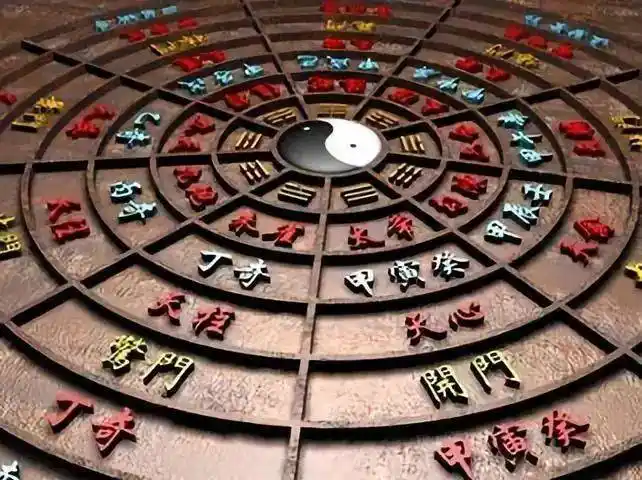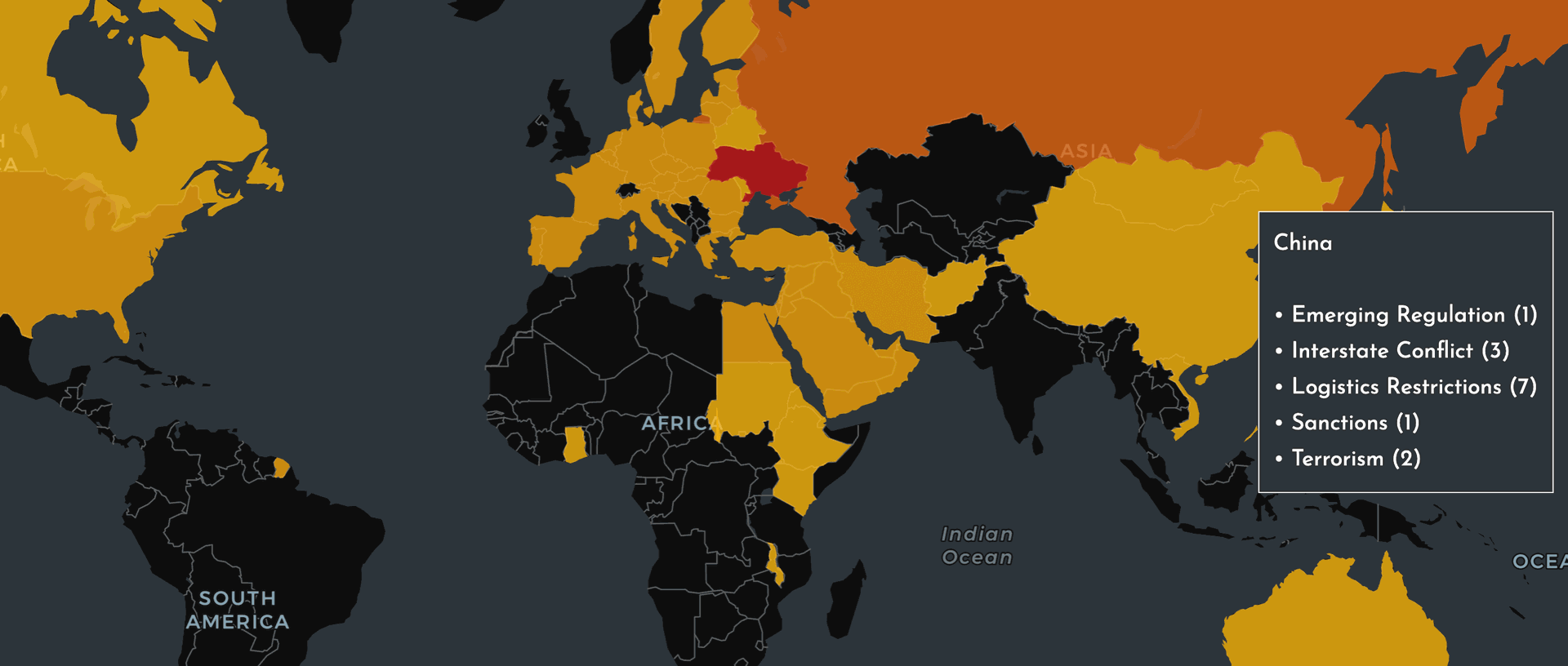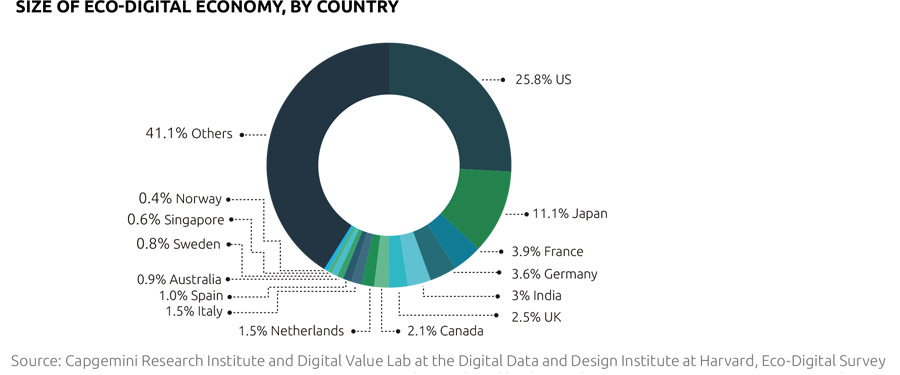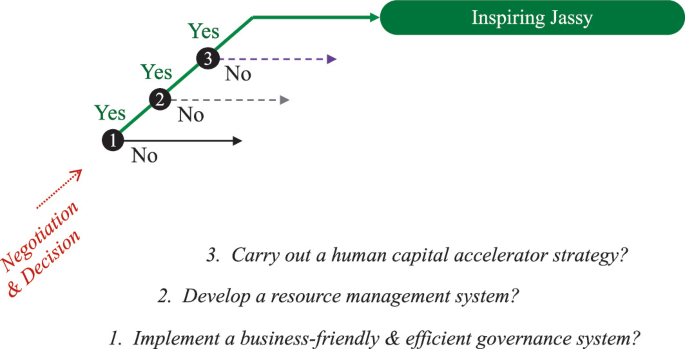Global Economic Outlook (2025-2026) and Breakthrough Strategies: Insights from Qimen Dunjia’s "Three Epochs and Nine Cycles"
I. The Hidden Chessboard of Global Economy Revealed by Qimen Dunjia (2025-2026)

1. Analysis of the Yisi Year (2025) Pattern
In 2025 (Yisi Year), the "Value Talisman" and "Value Messenger" fall into the Kun Palace, with the Tianqin Star and Death Gate conjoined, indicating the global economy will enter a "quagmire":
- Geopolitical Quagmire: The "Geng + Geng" battle pattern emerges, intensifying Sino-U.S. trade frictions and spillover effects of the Russia-Ukraine conflict. Global supply chains face "de-globalization" restructuring. UN reports predict global trade growth will plummet to 1.6% in 2025, with export revenues in developing countries expected to drop 8%.
- Industrial Quagmire: Excessive fire in the Li Palace signals decline. Despite policy support, the real estate sector faces "high prices but low transactions," while the Construction Gate in Kun Palace indicates deep adjustments in the construction industry. U.S. shale oil investment will decrease by 8%, and global energy markets face oversupply and price wars.
- Financial Quagmire: The Liuhe (Six Harmonies) in the Kan Palace encounters "Ji + Ji," increasing cross-border investment traps and capital outflow pressures in emerging markets. Although A-shares have hidden policy support, the Empty Palace in the Shengmen (Life Gate) suggests no major bull market.

2. Rise and Fall of Industries in the Three Epochs and Nine Cycles
- Declining Industries:
- Traditional Manufacturing: The Dumen (Restriction Gate) in the Zhen Palace brings overcapacity and technological iteration pressures. "Dark factories" have emerged in Quanzhou, with manufacturing jobs decreasing by 12% annually.
- Fossil Energy: The Tianpeng Star in the Kan Palace indicates weak global oil demand growth and falling refining margins. U.S. LNG exports may exacerbate oversupply.
- Thriving Industries:
- Technology & AI: The Tianfu Star (Heavenly Assistant Star) dominates, triggering an explosion in edtech. China’s AI computing power investment will reach 280 billion yuan in 2025, with net profit growth of hard-tech enterprises on the STAR Market expected to exceed 120%.
- New Energy: The Jingmen (Scenery Gate) in the Zhen Palace catalyzes a green revolution. Global solar power generation will surpass oil consumption growth for the first time in 2025, with China accounting for 35% of global green hydrogen capacity.
- Digital Economy: Ding Qi (Spirit of Innovation) in the Qian Palace ignites data assetization. China’s digital economy is projected to exceed 70 trillion yuan, with data transactions accounting for 8% of GDP.
II. Breakthrough Directions: The "Heaven-Earth-Human" Trilateral Strategy of Qimen Dunjia
1. Heaven Plate: Harnessing the "Tianfu Star" Energy of Technological Revolution
- AI + Industrial Integration:
- Case Study: A home appliance enterprise used AI to predict consumer trends, shortening R&D cycles from 18 to 9 months and achieving 1 million unit sales in the first year.
- Strategy: Focus on "AI + manufacturing" and "AI + healthcare," investing in core sectors like optical modules and AI chips. Seize the "wood-fire prosperity" opportunity from Qingming to Lixia (April-May) 2025.
- Quantum Computing & Blockchain:
- Case Study: A Shenzhen financial institution used blockchain to reduce cross-border settlement time from 3 days to 30 minutes, cutting costs by 70%.
- Strategy: Participate in quantum communication network construction and explore blockchain applications in supply chain finance and copyright protection.

2. Earth Plate: Cultivating "Geographical Vein" Opportunities in Regional Economies
- New Hubs of the Belt and Road Initiative:
- Case Study: After the China-Laos Railway opened, Yunnan’s cross-border e-commerce transactions increased 200% annually, with Kunming becoming a digital trade center for Southeast Asia.
- Strategy: Establish "overseas warehouses" in ASEAN and Central-Eastern Europe, focusing on localized products like new energy vehicles and smart home devices.
- Domestic Regional Breakthroughs:
- Case Study: The Chengdu-Chongqing Economic Circle attracted semiconductor enterprises through "enclave economy" models, with chip production capacity expected to account for 25% of China’s total by 2025.
- Strategy: Participate in western data centers and eastern computing hubs to seize the "East Data, West Computing" policy dividends.
3. Human Plate: Unlocking the "Shengmen" Code of Consumption Potential
- Silver Economy:
- Case Study: A senior care enterprise launched "migratory 康养 tourism" combined with AI health monitoring, achieving 150% annual revenue growth.
- Strategy: Develop aging-friendly smart devices and health tourism products to capture the 300-million-strong middle-income elderly market.
- Gen Z Consumption Revolution:
- Case Study: A new consumer brand achieved 50 million yuan in monthly sales through "blind boxes + NFTs," with a 40% repurchase rate.
- Strategy: Create products with "emotional value + social attributes," and lay out virtual idols and metaverse consumption scenarios.
III. Roadmap for Global Economic Breakthrough (2025-2026)
1. Short-Term (2025): Risk Aversion and Transformation in Parallel
- Financial Risk Aversion: Allocate gold and digital currencies as hedges. Focus on STAR Market ETFs (assets exceeding 240 billion yuan) and "little giant" enterprises on the Beijing Stock Exchange.
- Industrial Transformation: Traditional manufacturers should upgrade to "green manufacturing." A car company reduced carbon emissions by 30% through equipment renewal loan subsidies, qualifying for EU carbon tariff exemptions.
2. Medium-Term (2026): Lay the Foundation for New Growth Poles
- Technological Commanding Heights: Invest in frontier fields like quantum computing and brain-computer interfaces. An AI enterprise shortened technology transformation cycles by 40% through national "challenger selection" mechanisms and supercomputing resource support.
- Energy Revolution: Participate in the green hydrogen industry chain. A chemical enterprise reduced refining costs by 2,000 yuan per ton using green hydrogen, gaining a carbon neutrality advantage.
3. Long-Term (Post-2026): Reconstruct Global Economic Order
- Internationalization of the Digital Yuan: Promote digital yuan settlement in resource-rich countries like Saudi Arabia and Brazil. An energy enterprise completed the first cross-border crude oil transaction in digital yuan, avoiding exchange rate risks.
- Export of Carbon Market Rules: The Guangdong-Hong Kong-Macao carbon market interconnection mechanism has inspired Southeast Asian countries, with China’s carbon accounting standards 有望 becoming global benchmarks.

Epilogue: Breaking the "Kun Gua (Hexagram of Stagnation)" with Qimen Wisdom
The global economy from 2025-2026 resembles the "Kun Gua" in Qimen Dunjia—perilous external conflicts and internal blockages. But as the Book of Changes states: "In stagnation, the gentleman dedicates himself to fulfilling his purpose." We must break through on three fronts: technological revolution, regional economy, and consumption upgrading, with the innovative spirit of the "Tianfu Star," the enterprising courage of the "Jingmen," and the people-centric vision of the "Shengmen."
Call to Action:
- Entrepreneurs: Seize the triple dividends of "AI + new energy + digital economy," and build moats in quantum computing and low-altitude economy.
- Investors: Focus on hard-tech enterprises on the STAR Market and Beijing Stock Exchange; avoid declining sectors like real estate and traditional energy.
- Policymakers: Increase subsidies for equipment renewal and trade-in programs to build a virtuous cycle of "technology-industry-finance."
As the global economy stagnates, it is a historical opportunity for China to rebuild world order with "new quality productivity." Let us use Qimen Dunjia’s wisdom as our compass, fostering new opportunities in crises and opening new chapters in changing circumstances!